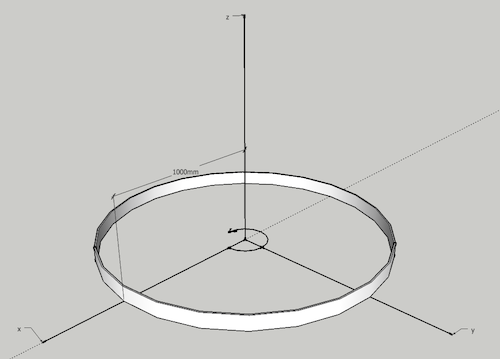
Typical units for the moment of inertia, in metric, are: Typical units for the moment of inertia, in the imperial system of measurements are: By definition, the moment of inertia is the second moment of area, in other words the integral sum of cross-sectional area times the square distance from the axis of rotation, hence its dimensions are ^4. In fact, this is true for the moment of inertia of any shape, not just the circle. Since those are lengths, one can expect that the units of moment of inertia should be of the type: ^4.

The above equations for the moment of inertia of circle, reveal that the latter is analogous to the fourth power of circle radius or diameter. Locate point D of (Ix’, Ix’y’) on Mohr’s circle of inertia.The moment of inertia of circle with respect to any axis passing through its centre, is given by the following expression:Įxpressed in terms of the circle diameter D, the above equation is equivalent to: To match with the expression of Ix’ and Iy prime. We will join both points and locate a new point at the intersection of the line AB with the X-axis, this point is point c, its coordinate is ((1/2*(Ix+Iy),0). We draw another point, point B with a coordinate of (Iy,-Ixy). We start to locate point A which has a coordinate value of (Ix, Ixy). Our case is the Case For Ix is > Iy and Ixy value is positive. The second axis is the Y-axis that represents the product of inertia Ixy value.įor a given section, we have three known values, Ix &Iy and Ixy. The first step is to draw two axes X-axis that represents the value of Ix, Iy, I max, and I min. How to check the two equations for Ix prime and Iy prime by graphing? There are the following steps to implement.

This is Called Mohr’s circle for inertia. We will have a look at the graphical representation of the moment of inertias about inclined axes. In the fourth slide, there is an expression for Ix’y’ value, it will be =1/2*(Ix-Iy)*sin 2θ +Ixy cos 2θ.


 0 kommentar(er)
0 kommentar(er)
